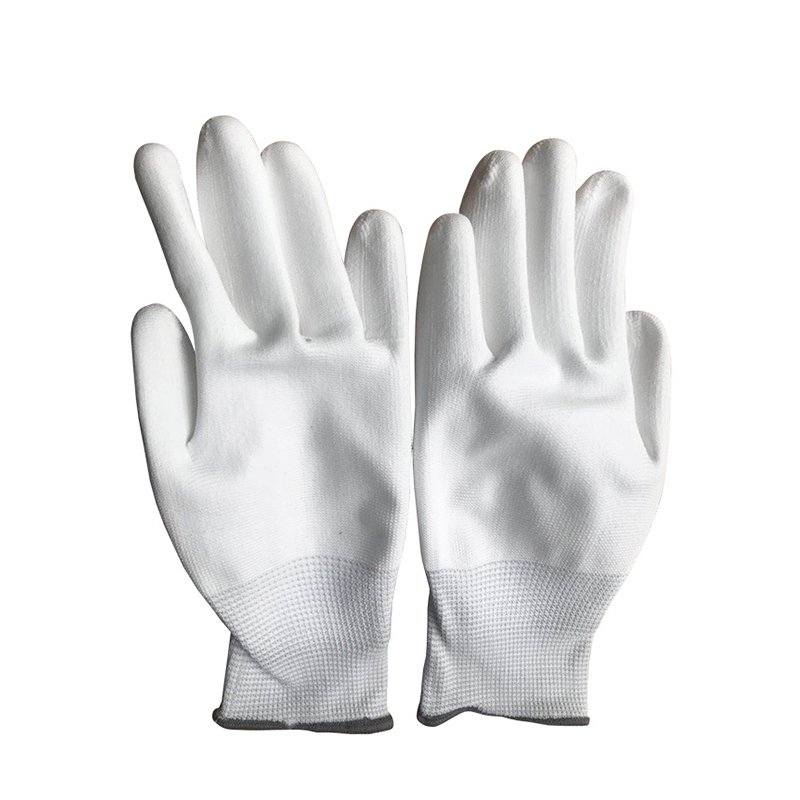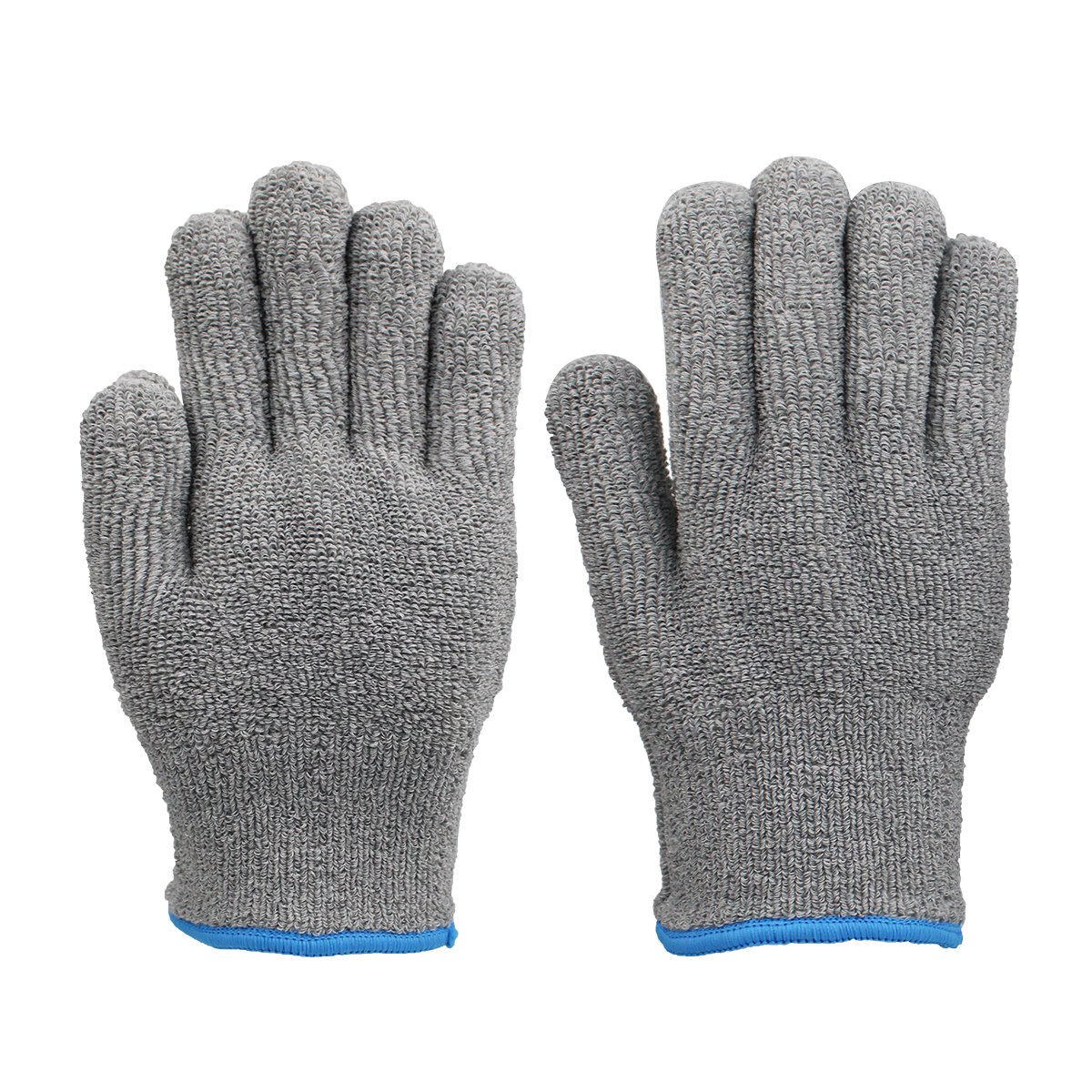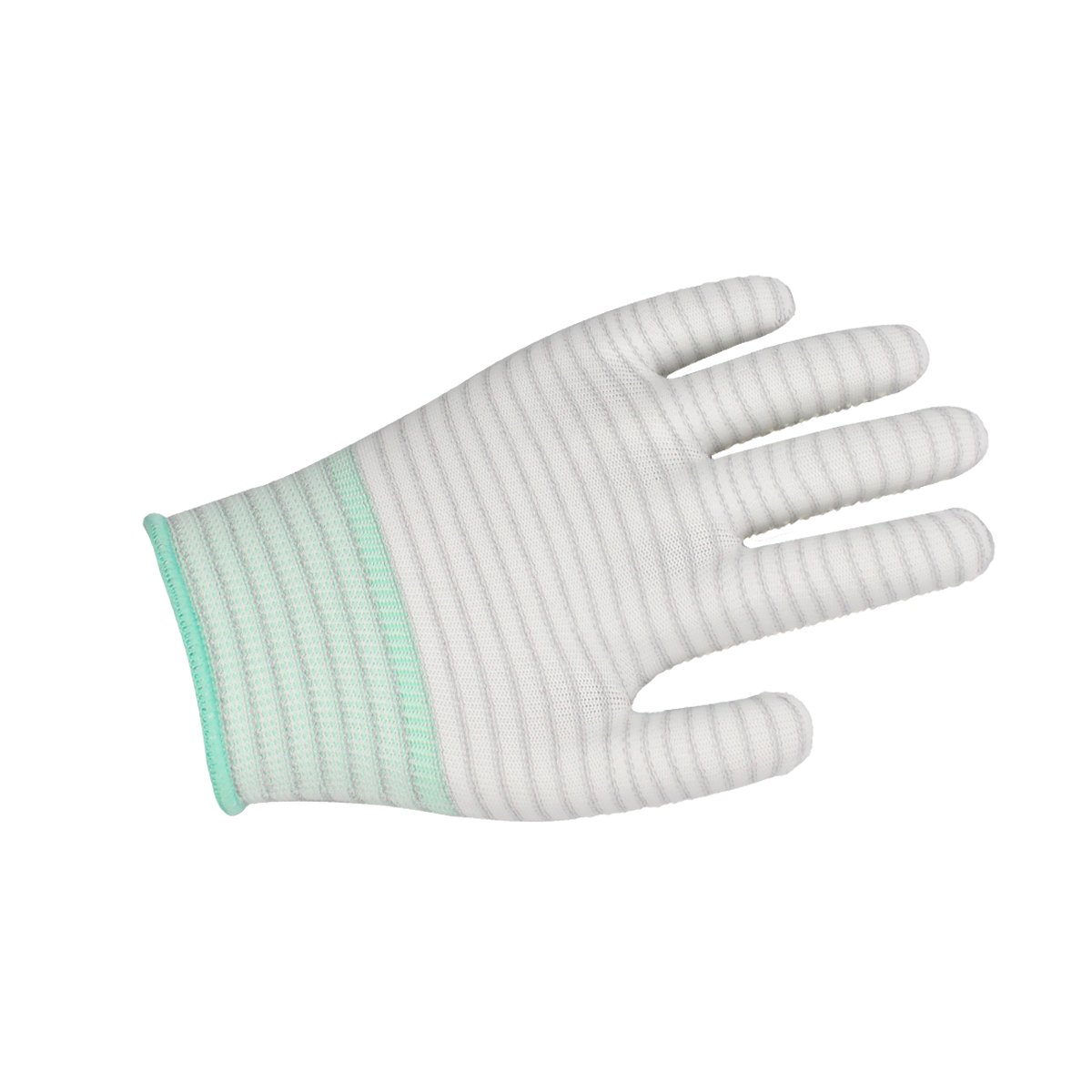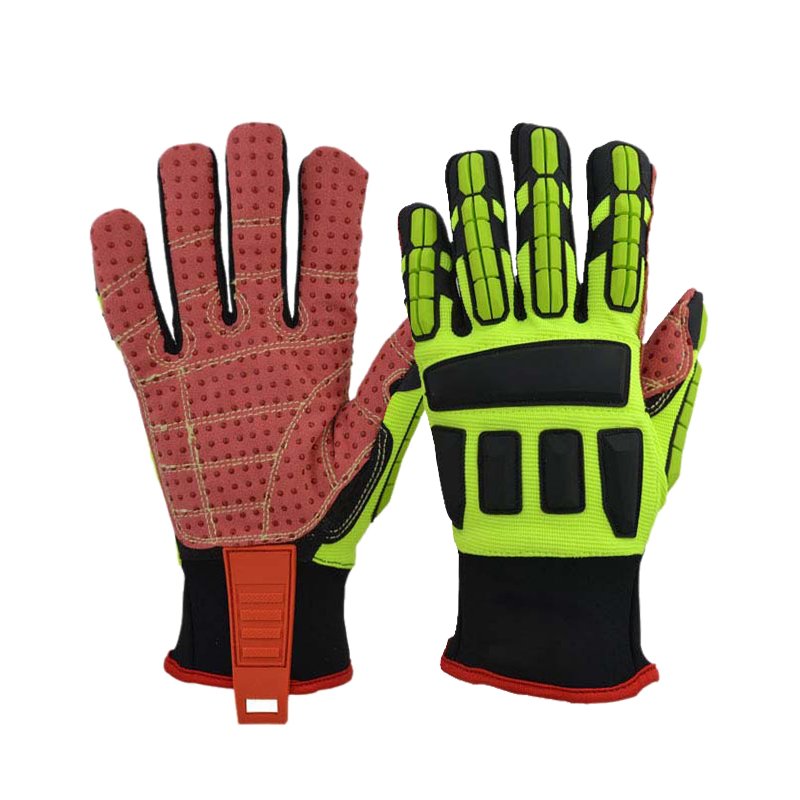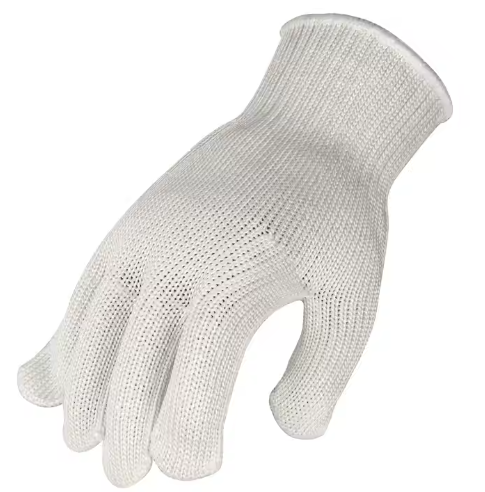Choosing the right safety gloves is essential for preventing workplace injuries. By understanding the task at hand and the appropriate glove materials, you can ensure safety and comfort.
Glove selection guide
Selecting the appropriate glove requires understanding the hazards of your work. Each glove type is designed for specific tasks, whether for cut protection, chemical resistance, or heat resistance.
What is the best material for work gloves?
The best material depends on the job. Leather or synthetic gloves are ideal for general protection. For tasks needing dexterity, nitrile or latex gloves are better suited.
How to pick work gloves?
To pick the right work gloves, assess the task. If handling chemicals, choose chemical-resistant gloves. For handling sharp objects, select cut-resistant gloves for better protection.
What is the OSHA glove selection?
OSHA mandates glove selection based on specific hazards rather than recommending a particular glove type. Gloves should meet ANSI/ISEA standards for safety and comfort.
How do you determine which type of glove to use when performing a task?
Identify the risks involved in the task. For chemical work, choose chemical-resistant gloves. For tasks involving sharp objects, opt for cut-resistant gloves. Always check industry standards before selecting gloves.
What gloves should you wear for construction work?
Construction work requires gloves that provide cut and puncture resistance, along with abrasion protection. Leather gloves with reinforced fingertips are common for heavy-duty tasks.
How do I know what gloves to buy?
Assess the hazards of the job and choose gloves that offer protection for those risks. Check certifications like ANSI/ISEA standards for added assurance before purchasing gloves.
How do you measure safety glove size?
Glove size is determined by hand circumference. Measure the widest part of your hand, just below the knuckles, to find the right glove size.
Should work gloves be tight or loose?
Work gloves should fit snugly, but not too tight. A snug fit ensures dexterity and prevents slipping, while gloves that are too tight can cause discomfort and restrict movement.
Types of gloves and their uses
Different gloves serve different purposes. Rubber gloves protect against chemicals, leather gloves protect against abrasions, and cut-resistant gloves provide protection against sharp objects.
Types of safety gloves pdf
A PDF guide provides detailed information on the different types of safety gloves. These guides outline the materials and protection levels, helping you select the right gloves for your needs.
Glove selection chart Ansell
Ansell’s glove selection chart categorizes gloves based on their material, protection level, and intended use. This makes it easier to select gloves for various industrial tasks.
Glove selection guide for chemicals
When working with chemicals, it’s crucial to choose the right gloves. Materials like nitrile, neoprene, and PVC offer resistance to chemicals. Refer to the manufacturer’s compatibility guidelines for best results.
Norfoil gloves
Norfoil gloves, made from materials like PVC, provide protection against chemicals and oils. They are widely used in industries such as food processing and chemical handling for their resistance to harsh substances.
Glove selection chart
A glove selection chart simplifies the process of choosing the right gloves based on factors like protection level, material, and specific hazards. It helps guide you toward the best option for your work environment.
Conclusion
Understanding your work environment and selecting the right gloves ensures both safety and comfort. Always consider the specific risks involved and choose gloves that meet safety standards.


